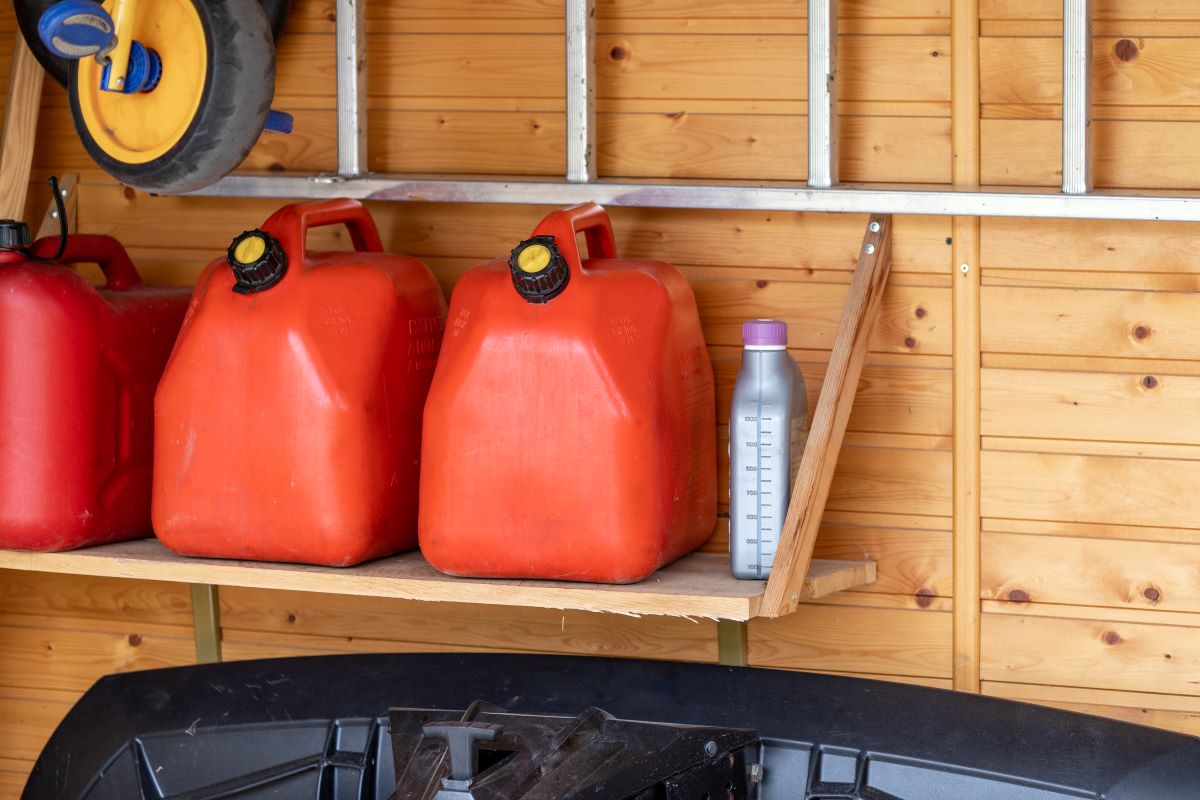

Articles
How To Store Gas Cans In Garage
Modified: February 23, 2024
Learn the best methods for storing gas cans in your garage with these informative articles. Keep your space organized and safe with these tips.
(Many of the links in this article redirect to a specific reviewed product. Your purchase of these products through affiliate links helps to generate commission for Storables.com, at no extra cost. Learn more)
Introduction
Welcome to our comprehensive guide on how to store gas cans in a garage. Whether you use gasoline for your vehicle, lawnmower, or other equipment, it is essential to handle and store it properly to ensure safety and prevent accidents. Gasoline is highly flammable and can pose a significant risk if stored incorrectly. By following the guidelines and safety precautions outlined in this article, you can safely and efficiently store your gas cans in your garage.
Gas cans are commonly used to store and transport gasoline. They come in different sizes and materials. However, regardless of the type of gas can you use, there are certain precautions and guidelines that should always be followed to prevent leaks, spills, and potential fires.
In the following sections, we will discuss the necessary safety measures to take, the best location to store gas cans, the right types of gas cans to use, and additional precautions to ensure proper storage. By adhering to these guidelines, you can protect yourself, your property, and the environment from the risks associated with mishandling gas cans in your garage.
Key Takeaways:
- Safely store gas cans in your garage by following crucial safety precautions, choosing the right gas cans, and ensuring proper ventilation. Regular inspections and secondary containment measures enhance safety and minimize risks.
- Prioritize safety when storing gas cans in your garage to prevent accidents, leaks, and fires. From proper ventilation to choosing the right storage location, each step is essential for maintaining a hazard-free environment.
Read more: How To Store Gas In Garage
Safety Precautions
When it comes to storing gas cans in your garage, safety should always be your top priority. By following these crucial safety precautions, you can minimize the risk of accidents, fires, and other hazardous situations:
- Flame and Heat Sources: Keep gas cans away from any sources of ignition, such as open flames, heaters, electrical appliances, and pilot lights. Even a small spark can ignite gasoline vapors and cause a fire.
- Ventilation: Ensure that your garage is well-ventilated to prevent the accumulation of gasoline fumes. Adequate ventilation helps dissipate any vapors that may escape from the gas cans and reduces the risk of an explosion.
- No Smoking: Absolutely no smoking should be allowed in the garage or near the area where you store gas cans. This applies to both you and anyone else who may enter the garage.
- Child and Pet Safety: Keep gas cans out of the reach of children and pets. Store them in a secure location, such as a high shelf or locked cabinet, to prevent accidental access.
- Grounding: Ensure that your gas cans are properly grounded to prevent the buildup of static electricity. Static electricity can ignite gasoline vapors and lead to a fire or explosion. You can use a grounding wire or strap to connect the gas can to a suitable ground point in your garage.
- Proper Handling: Always exercise caution when handling gasoline and gas cans. Avoid overfilling the cans and make sure the lids are tightly secured to prevent leaks. Additionally, use proper lifting techniques when transporting heavy gas cans to avoid strain or injury.
- Fire Extinguisher: It is recommended to have a fire extinguisher readily available in your garage. In the event of a fire, a fire extinguisher can help you quickly and effectively put out the flames before they spread.
By adhering to these safety precautions, you can significantly reduce the risk of accidents and ensure the safe storage of gas cans in your garage.
Choose Appropriate Storage Location
When determining the storage location for your gas cans in the garage, it’s important to consider factors such as accessibility, temperature consistency, and separation from other items. Here are some key points to keep in mind when choosing an appropriate storage spot:
- Well-Ventilated Area: Select a well-ventilated area in your garage to allow for the proper circulation of air. This helps prevent the accumulation of gasoline vapors, which can be highly flammable.
- Away from Living Spaces: It is essential to store gas cans away from any living spaces within your garage, such as living areas, bedrooms, or common areas. This provides an additional layer of safety in case of leaks or spills.
- Accessible Height: Store your gas cans in an easily accessible location at a height where you can comfortably reach them. Avoid placing them on high shelves or in difficult-to-reach areas to minimize the risk of accidents or injuries during retrieval.
- Away from Heat Sources: Keep your gas cans away from any heat sources, such as hot water heaters, furnaces, or direct sunlight. Exposure to high temperatures can increase the pressure inside the cans and potentially lead to leaks or explosions.
- Separation from Flammable Materials: Store your gas cans away from any flammable materials or substances, such as paints, solvents, or cleaning agents. This reduces the risk of accidental ignition and potential fire hazards.
- Locked or Secured Area: If possible, consider securing your gas cans in a locked cabinet or storage area. This helps prevent unauthorized access and ensures that only trained individuals can handle the gasoline.
By choosing an appropriate storage location, you can minimize the risks associated with storing gas cans in your garage and ensure the safety of both yourself and your property.
Select the Right Gas Cans
Choosing the right type of gas cans for storing gasoline in your garage is crucial in ensuring safety and preventing leaks or spills. Here are some factors to consider when selecting gas cans:
- Made of Safe Material: Opt for gas cans that are specifically designed for storing flammable liquids like gasoline. These cans are typically made of high-density polyethylene (HDPE), a durable and fire-resistant material.
- Sealed Lids: Look for gas cans with tightly sealed lids or caps to prevent leaks or evaporation of gasoline. The lids should have a secure locking mechanism to ensure they stay in place.
- Spill-Proof Design: Consider gas cans with spill-proof features, such as a spill-proof spout or a self-closing lid. These additional safety measures help minimize the risk of accidental spills during filling or pouring.
- Proper Capacity: Choose gas cans with an appropriate capacity that fits your needs. Avoid overfilling the cans, as this can lead to spills and increase the risk of fire hazards.
- Ergonomic Design: Look for gas cans with ergonomic handles and designs that make them easy to carry and pour. This helps reduce the chance of accidental spills or strain during handling.
- Approved by Regulatory Bodies: Check for gas cans that are approved by regulatory bodies, such as the Department of Transportation (DOT) or the Occupational Safety and Health Administration (OSHA). These certifications ensure that the gas cans meet specific safety standards.
Remember to regularly inspect your gas cans for any signs of wear, such as cracks, dents, or damaged lids. If you notice any defects or issues, replace the gas cans immediately to maintain safe storage practices.
By selecting the right gas cans designed for safe storage of flammable liquids, you can minimize the risk of leaks, spills, and other hazards in your garage.
Properly Label Gas Cans
Properly labeling your gas cans is an important step in ensuring safety and preventing any confusion or accidents. Clear and accurate labeling communicates important information about the contents of the cans and helps you identify them easily. Here are some guidelines for labeling your gas cans:
- Use Clear and Visible Labels: Label your gas cans with clear and visible markings that indicate the contents as “GASOLINE” or “FLAMMABLE”. Ensure that the labels are large enough to be easily read from a distance.
- Include Quantity: Indicate the quantity of gasoline stored in the gas can on the label. This helps you keep track of the amount of fuel available and plan for refills accordingly.
- Date of Purchase/Fill: Include the date of purchase or fill on the label. Gasoline has a limited shelf life, and it’s important to keep track of when it was last filled to ensure you use it within the recommended timeframe.
- Emergency Contact Information: Consider including emergency contact information on the label, such as the local fire department or poison control center. This information can be crucial in the event of an emergency or accidental ingestion of gasoline.
- Warning Signs and Symbols: Use warning signs and symbols, such as the flame symbol, to convey the flammable nature of the contents. These visual cues serve as a reminder of the hazards associated with the stored gasoline.
Ensure that the labels are securely attached to the gas cans and are not easily removable. Regularly check the condition of the labels and replace them if they become faded, damaged, or illegible.
Properly labeling your gas cans not only helps you identify them easily but also ensures that others who may access the garage are aware of the contents and can handle them with caution.
Read more: How To Store A Gas Can
Ensure Adequate Ventilation
Proper ventilation is essential when storing gas cans in your garage. Adequate airflow helps prevent the accumulation of gasoline vapors, which can be highly flammable and pose a significant risk. Here are some tips to ensure proper ventilation:
- Natural Ventilation: If possible, open windows or doors in your garage to allow natural airflow. This helps dissipate any gasoline fumes that may escape from the gas cans and reduces the risk of an explosion.
- Use Fans or Ventilation Systems: Consider installing fans or other ventilation systems in your garage to improve air circulation. Ventilation systems can help remove any lingering gasoline fumes and maintain a safe environment.
- Avoid Moisture Accumulation: Moisture can react with gasoline and cause corrosion or other damage to the gas cans. Ensure that your garage is free from excessive moisture or humidity by using dehumidifiers or proper insulation.
- Don’t Store Gasoline in Enclosed Spaces: Avoid storing gas cans in small or enclosed spaces within your garage, such as cabinets or closets. Lack of proper airflow in these spaces can lead to the buildup of gasoline vapors, increasing the risk of ignition.
Regularly inspect your ventilation systems and ensure they are in proper working condition. Clean or replace air filters as needed to maintain optimal airflow and ventilation.
Remember, proper ventilation is crucial not only during storage but also when filling or pouring gasoline into the gas cans. Always conduct these activities in a well-ventilated area or outdoors to minimize the risk of harmful fumes and potential accidents.
By ensuring adequate ventilation, you can reduce the concentration of gasoline vapors in your garage, making it a safer environment for both you and your stored gas cans.
Store gas cans in a well-ventilated area of the garage, away from direct sunlight and any potential sources of ignition. Keep them tightly sealed and away from children and pets.
Store Gas Cans in Upright Position
Storing gas cans in the upright position is essential for several reasons. It helps prevent leaks, maintain the integrity of the can, and ensures the safety of your garage. Here’s why it’s crucial to store gas cans upright:
- Prevents Leaks: Storing gas cans in an upright position reduces the risk of leaks. When gas cans are stored on their sides or tilted, there is a higher chance of the lid or cap becoming loose, leading to potential spills or leaks.
- Maintains Can Integrity: Gas cans are designed to withstand the pressure that comes with storing gasoline. When stored upright, the weight of the gasoline is properly distributed, minimizing stress on the can and ensuring it remains in good condition.
- Eases Accessibility: Storing gas cans upright makes them easier to access when you need to use them. You can quickly grab and transport them without any risk of tipping or spills, saving you time and effort.
- Prevents Gasoline Evaporation: When gas cans are stored upright, gasoline is less likely to evaporate through the air vent or spout. This helps maintain the fuel’s quality and ensures that you have the full amount of gasoline available when needed.
- Prevents Accidental Ignition: Storing gas cans upright reduces the chances of accidentally igniting the gasoline. It minimizes the risk of gasoline coming into contact with ignition sources or potential sparks that may be present in the garage.
When storing gas cans upright, make sure they are placed on a stable surface to prevent tipping. Avoid stacking them too high, as this can increase the risk of toppling over. Additionally, ensure that the gas cans are properly secured so they cannot be knocked over or easily accessed by unauthorized individuals.
By storing gas cans in an upright position, you can maintain the integrity of the cans, prevent leaks and spills, and ensure the safety of your garage and its surroundings.
Keep Gas Cans Away from Ignition Sources
One of the most critical safety precautions when storing gas cans in your garage is to keep them away from any potential ignition sources. Gasoline is highly flammable, and even a small spark can ignite its vapors, leading to a dangerous fire or explosion. Here are some key points to consider:
- Avoid Open Flames: Keep gas cans away from any open flames, including candles, gas stoves, or fireplaces. Make sure there are no smoking or open flame sources in your garage.
- Separate from Appliances: Keep gas cans at a safe distance from electrical appliances, such as water heaters, furnaces, or laundry machines. Electrical sparks or malfunctions in these appliances can potentially ignite gasoline vapors.
- Keep Away from Pilot Lights: Ensure that your gas cans are placed far from any appliances or equipment that use a pilot light, such as a gas heater or water heater. A pilot light can produce enough heat to ignite gasoline vapors, leading to a hazardous situation.
- Avoid Electrical Sparks: Prevent gas cans from coming into contact with any electrical sparks or potential sources of electrical discharge. This includes outlets, extension cords, and power tools. A spark or electrical short circuit can easily ignite gasoline vapors.
- Only Use Approved Equipment: When using or transferring gasoline from gas cans, make sure to use only approved and properly maintained equipment, such as funnels or pumps designed for fuel handling. Using faulty or non-approved equipment can increase the risk of spills or accidents.
It is essential to maintain a safe distance between your gas cans and any potential ignition sources to reduce the risk of fire or explosions. Regularly inspect your garage for any potential hazards and ensure proper labeling and separation of flammable materials.
By keeping gas cans away from ignition sources and following these precautions, you can significantly reduce the risk of accidents and ensure the safe storage of gasoline in your garage.
Use Secondary Containment for Extra Safety
In addition to storing gas cans properly, using secondary containment is an extra precautionary measure to enhance safety when storing gasoline in your garage. Secondary containment systems provide an additional layer of protection against leaks, spills, and potential environmental hazards. Here are some key points to consider:
- Containment Trays or Pans: Place gas cans within containment trays or pans specifically designed to catch any potential leaks or spills. These trays are typically made of durable materials such as plastic or metal and can hold the contents of a full gas can in case of an accident.
- Drip Trays: Use drip trays underneath gas cans to capture any drips or minor leaks. Drip trays are particularly useful during the process of filling or pouring gasoline, as they can prevent liquid from coming into contact with the garage floor or other surfaces.
- Secondary Storage Cabinets: Consider storing your gas cans in secondary storage cabinets designed for flammable liquids. These cabinets are constructed with fire-resistant materials and have built-in containment features to prevent leaks or spills from spreading and causing further hazards.
- Sealable Bags or Containers: For added protection, opt for sealable bags or containers to store smaller gas cans or extra gasoline bottles. These sealed bags can prevent leaks and serve as an extra barrier against potential spills.
- Regular Inspections: It is crucial to regularly inspect the secondary containment systems for signs of damage, cracks, or wear. Replace any damaged trays or containers promptly to ensure their effectiveness.
Using secondary containment systems provides an extra layer of protection in case of accidental leaks or spills. It helps minimize the risk of hazardous situations, protects the environment, and aids in the safe cleanup and disposal of flammable liquids.
Remember to follow local regulations and guidelines when choosing and using secondary containment systems. These regulations may vary depending on your location and the volume of gasoline you store.
By utilizing secondary containment measures, you can enhance safety and mitigate the potential risks associated with storing gasoline in your garage.
Read more: How To Store Paint Cans In Garage
Regularly Inspect Gas Cans
Regular inspections of your gas cans are essential for ensuring their integrity, identifying any potential issues, and maintaining a safe storage environment in your garage. By conducting routine inspections, you can address any concerns promptly and prevent accidents or spills. Here are some guidelines for regularly inspecting gas cans:
- Check for Damage: Inspect the exterior of the gas cans for any signs of damage, such as dents, cracks, or corrosion. Damaged gas cans can weaken over time and may be prone to leaks or spills.
- Inspect the Lid or Cap: Examine the lid or cap of the gas can to ensure it is tightly sealed. A loose or damaged lid can lead to leaks or evaporation of gasoline.
- Look for Leaks or Spills: Check the bottom and sides of the gas cans for any evidence of leaks or spills. Look for stains, wet spots, or a strong odor of gasoline. If any leaks or spills are detected, handle them immediately and replace the gas can if necessary.
- Ensure Proper Venting: Check the vents on the gas cans to ensure they are clear and functioning correctly. Blocked or clogged vents can cause pressure buildup inside the cans and increase the risk of leaks or explosions.
- Inspect Labels and Markings: Verify that the labels on the gas cans are clear, legible, and accurate. Ensure they clearly indicate the contents as “GASOLINE” or “FLAMMABLE” and include information such as the quantity and date of purchase/fill.
- Verify Grounding: If your gas cans are grounded to prevent static electricity buildup, inspect the grounding wire or strap to ensure it is properly connected and in good condition.
It is recommended to establish a regular inspection schedule, such as monthly or quarterly assessments. By incorporating these inspections into your routine maintenance tasks, you can stay proactive in maintaining the safety of your gas cans and garage.
If any deficiencies or issues are identified during the inspection, address them immediately. Replace damaged gas cans or make any necessary repairs to ensure the safe storage of gasoline.
Regular inspections of your gas cans are an essential part of responsible gas can storage and can greatly reduce the risk of leaks, spills, and potential accidents in your garage.
Conclusion
Properly storing gas cans in your garage is essential for maintaining a safe and hazard-free environment. By following the guidelines and safety precautions outlined in this article, you can ensure the safe storage of gasoline and minimize the risk of accidents, leaks, spills, and potential fires.
From selecting the right gas cans to choosing an appropriate storage location, each step plays a crucial role in maintaining safety. Prioritize safety precautions such as keeping gas cans away from ignition sources, ensuring adequate ventilation, and using secondary containment measures for extra protection.
Regularly inspecting your gas cans for any signs of damage, leaks, or spills is also crucial. Addressing any issues promptly and replacing damaged gas cans will help maintain their integrity and prevent potential hazards.
Remember, gasoline is highly flammable and can pose significant risks if mishandled. Always prioritize safety, follow local regulations and guidelines, and handle gasoline and gas cans with caution. Educate yourself and others in your household about the proper storage and handling procedures to ensure a safe garage environment.
By implementing these practices and taking the necessary precautions, you can store gas cans in your garage safely and with peace of mind, ensuring the security of your property, yourself, and those around you.
Frequently Asked Questions about How To Store Gas Cans In Garage
Was this page helpful?
At Storables.com, we guarantee accurate and reliable information. Our content, validated by Expert Board Contributors, is crafted following stringent Editorial Policies. We're committed to providing you with well-researched, expert-backed insights for all your informational needs.


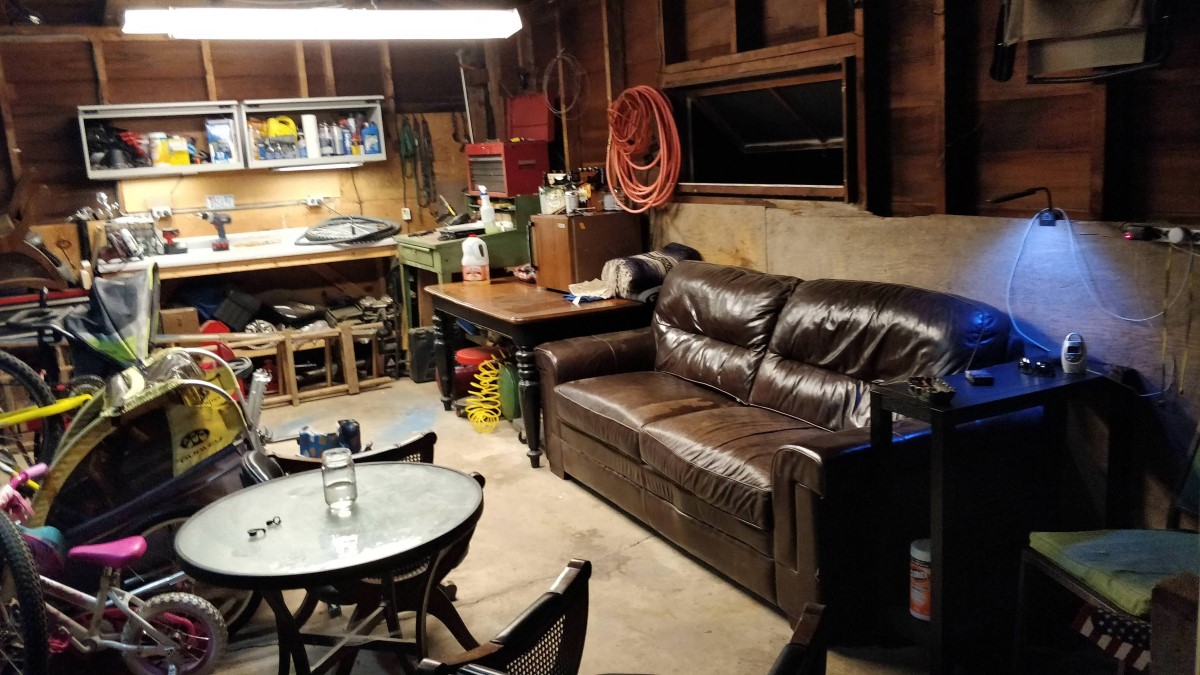
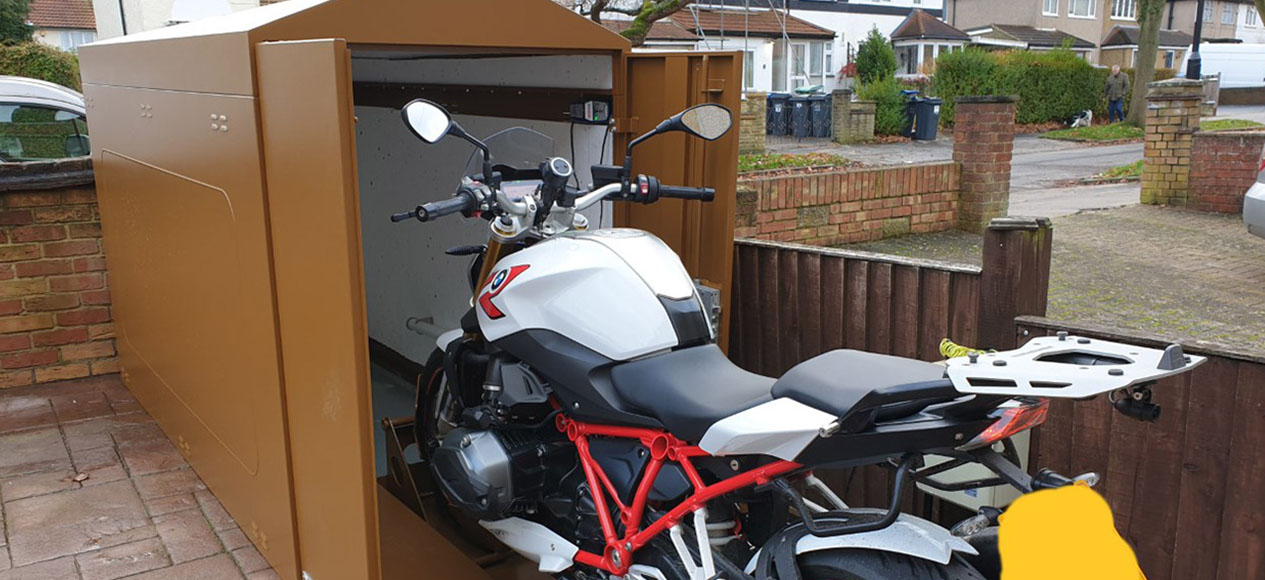
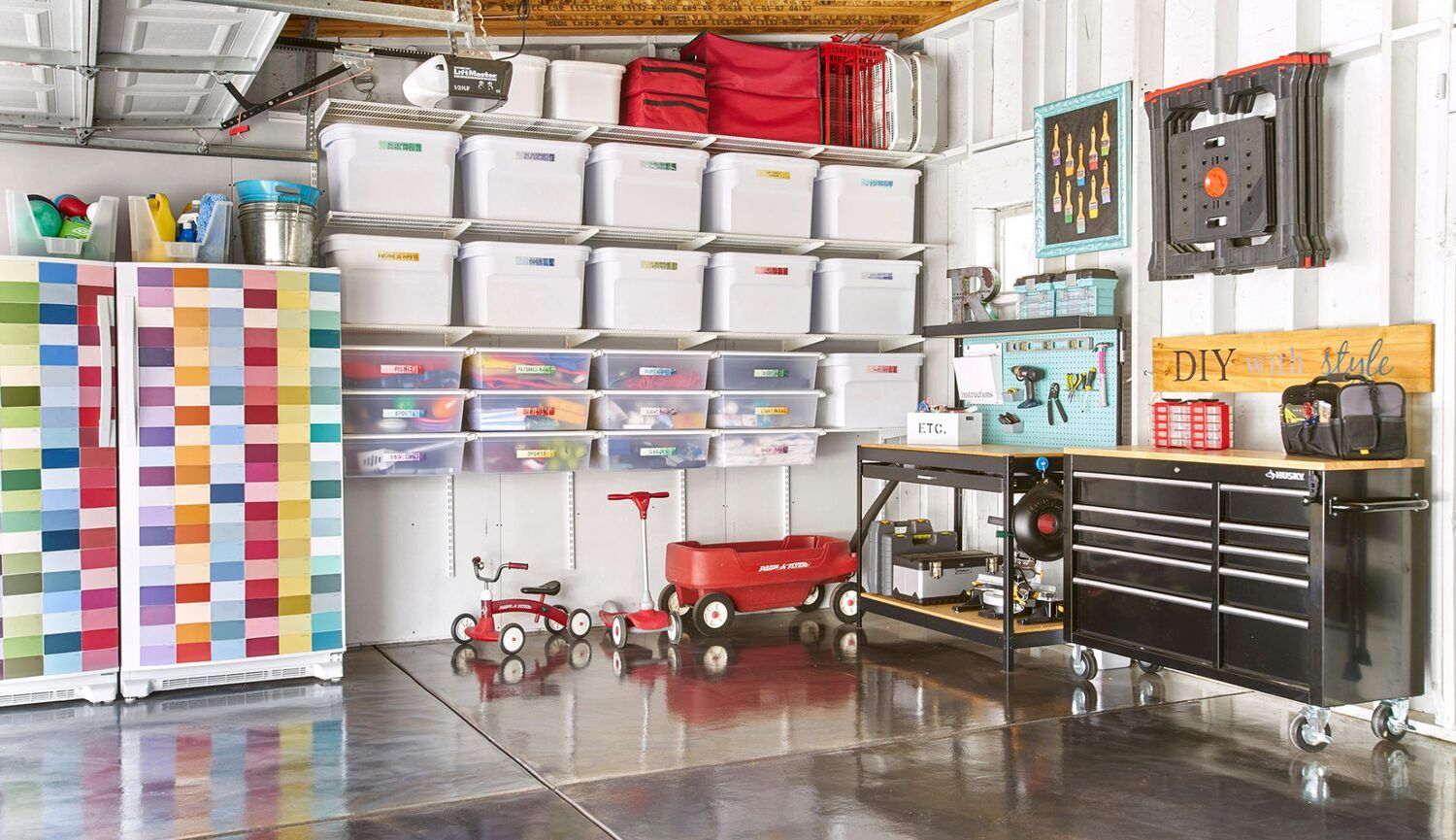
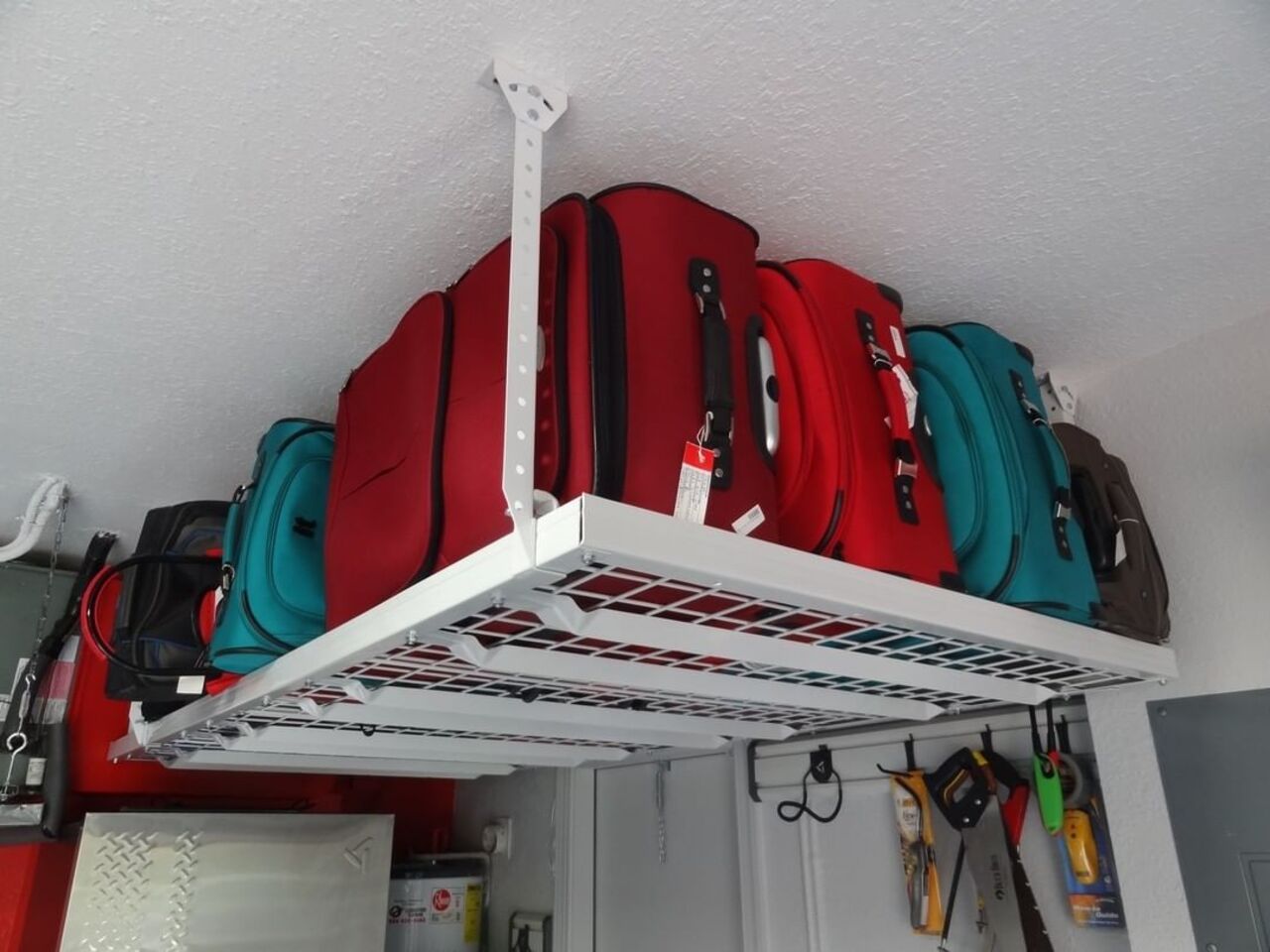

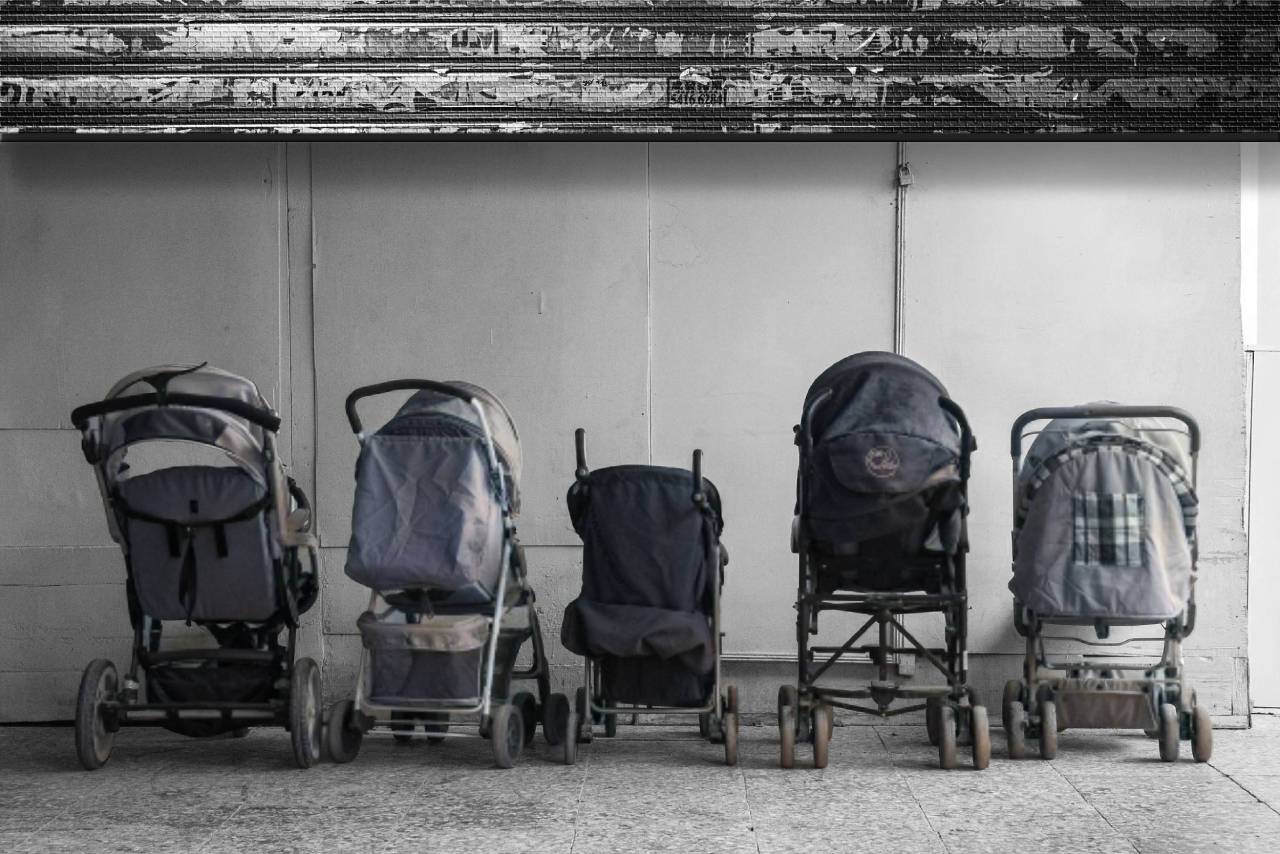
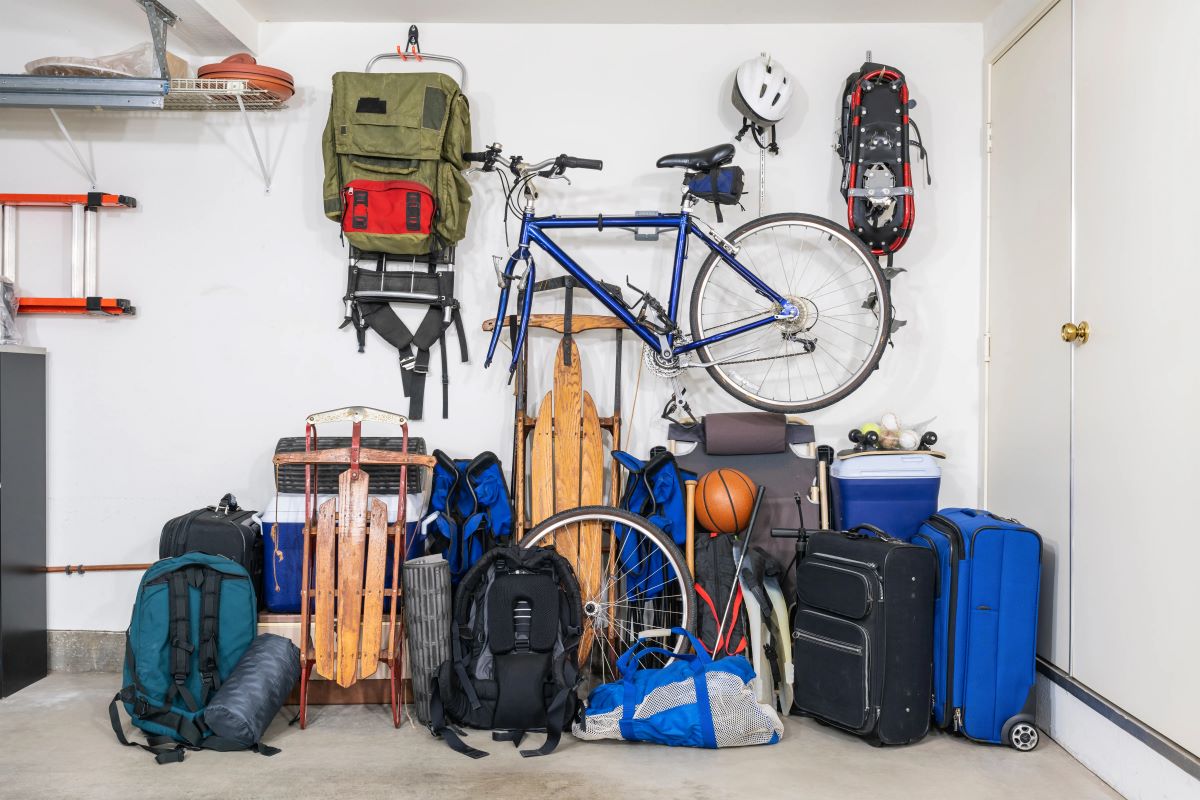

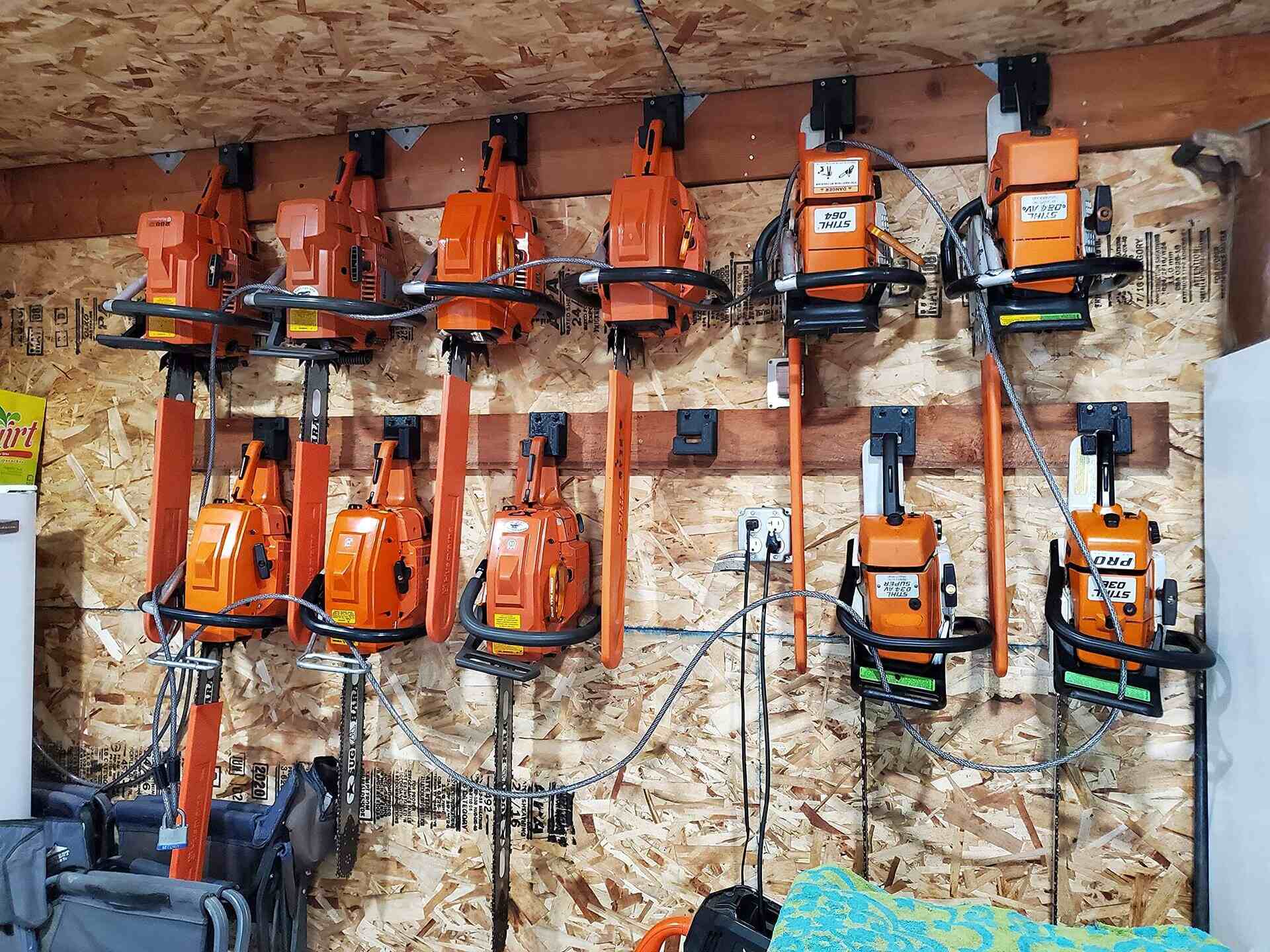
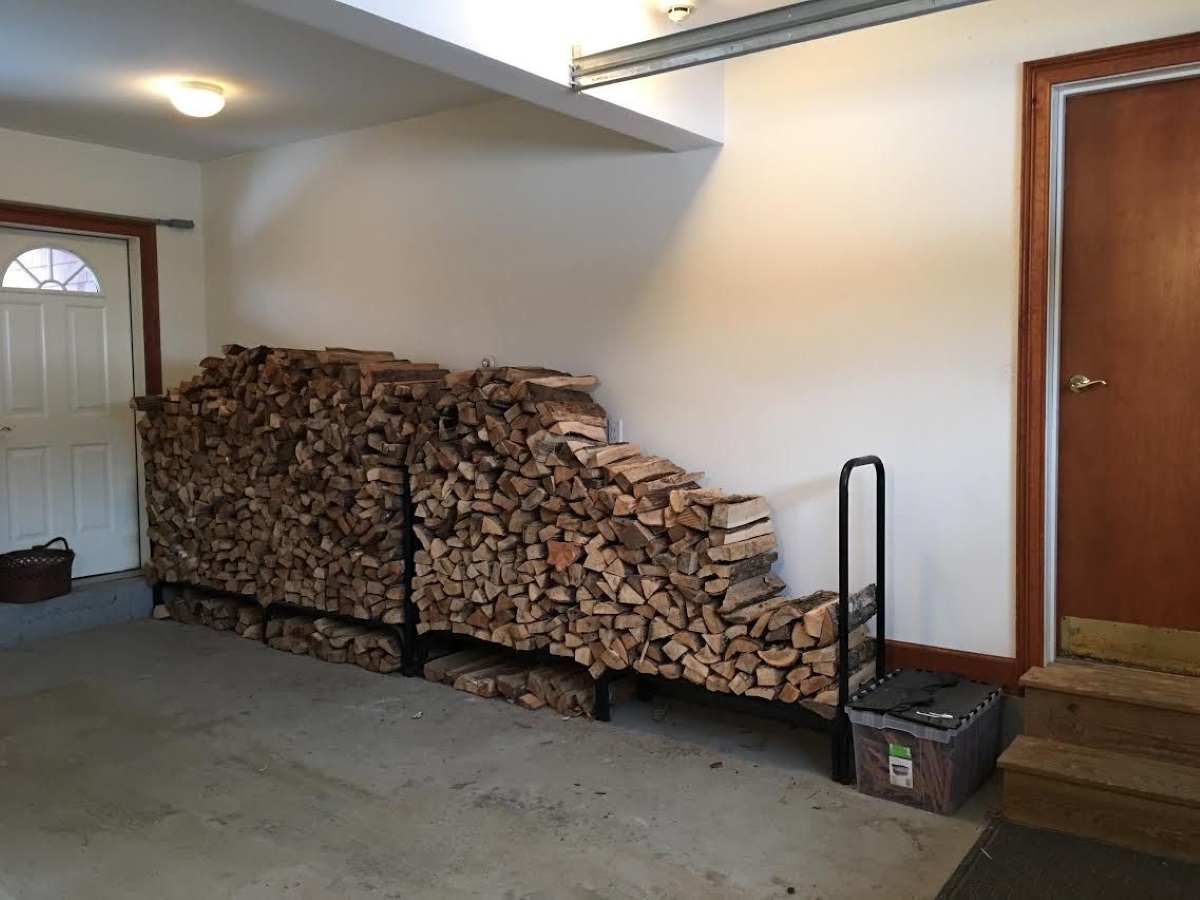
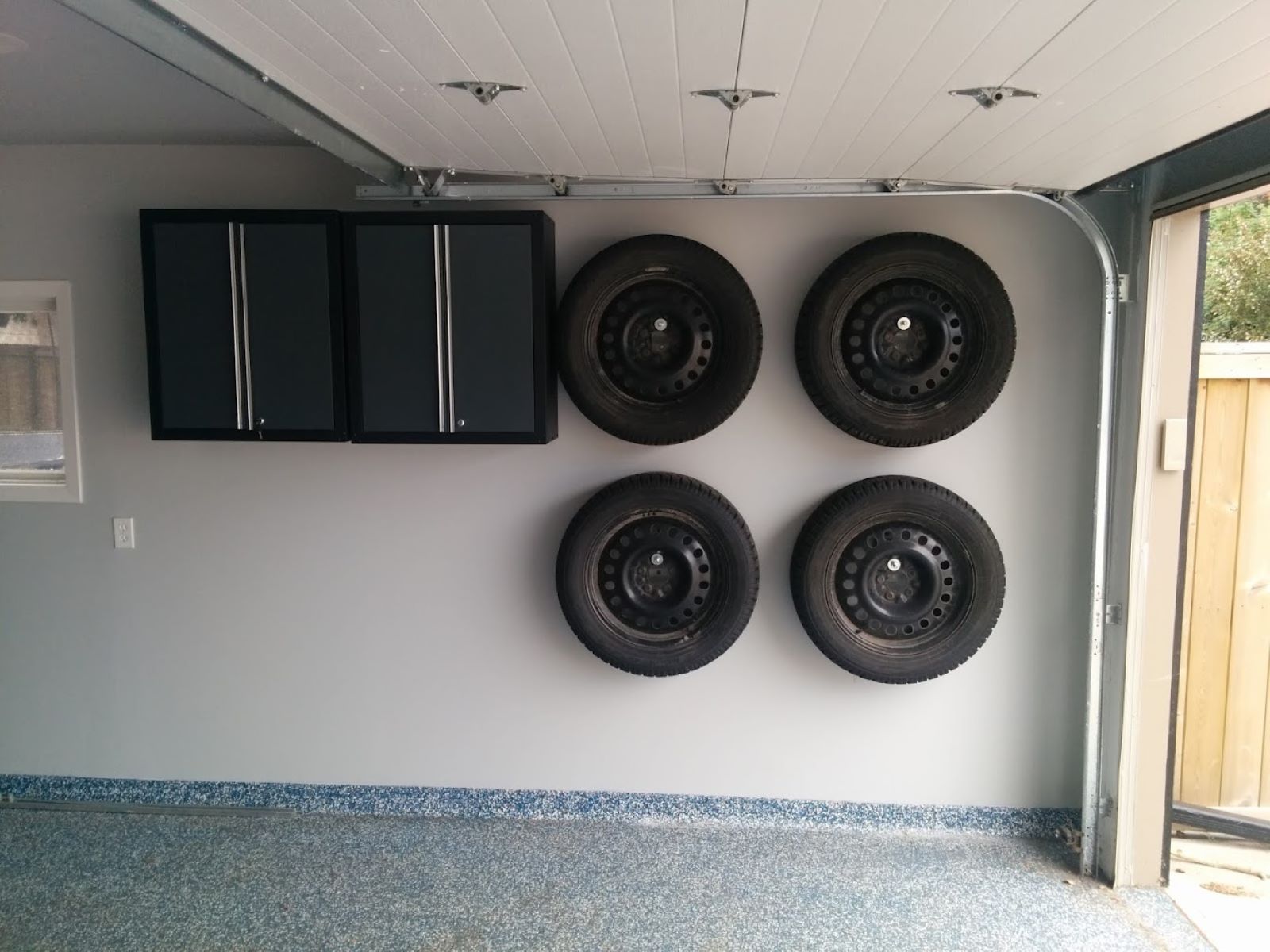

0 thoughts on “How To Store Gas Cans In Garage”